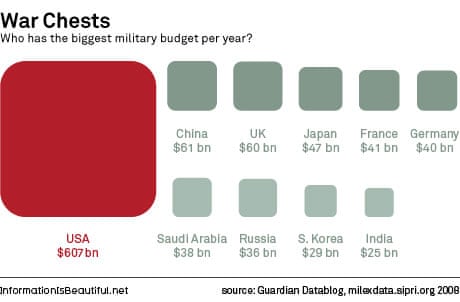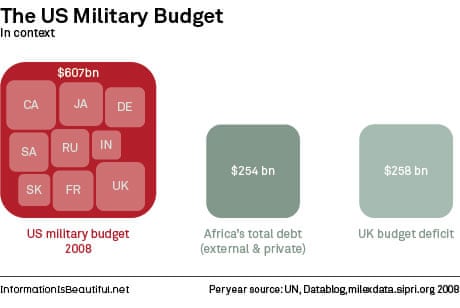
Social Networking as a Creative Media Specialist
When I first began my artistic networking as a young artist several years ago, it kickstarted a calling that has brought me to formally pursue a career in the creative sector. Moreso than simply a means of communication; social networking is first and foremost a universal market space for media consumption.
After generating enough interest to build a relatively minor audience; I opened services and commissions – and to my own surprise, people were interested. Although the side income was still relatively sparse, reaching out onto a media platform actively changed my role from just “artist” to “paid artist.”
My own experience is reflected by other studies, such as a 2017 report by PwC’s Strategy – revealing that the growth in digital content has led to the “emergence of a cultural renaissance” – promoting growth in digital creative sectors. Furthermore, there has been an increased consumption of both traditional and digital creative media, “almost entirely due to the internet,” with more time dedicated to the industry, according to the same report. Australia is a particularly special case; with an annual increase of 11% of average hours spent consuming media between 2011 and 2013.
Whilst it is a common misconception that consumers favour traditional art, sales of digital art reveal quite the opposite; with emerging artists reaping the benefits. The trending growth of creative occupations, according to Professors such as Stuart Cunningham, is being propelled by the wider digitalisation of creative economic sectors: “Australia’s creative services are mainstream, thoroughly embedded across the economy, and growing rapidly.” It’s quite obvious that the key to successful digital sales on content is a proactive, engaging social media presence.
So, how exactly does one go about creative social networking?
Broadening connections to the likes of industry professional (whilst not necessarily contributing to a potential income) is one of the foundations for successful networking. Whilst a reply isn’t guaranteed, there is potential for genuine conversations about industry and its standards. Reaching out into the realm of professionals means being exposed to new standards; new techniques.
Michael Cuffe lectures on the foundations of an online artistic career and how to hone effective social media techniques:
To summarise:
- Self-promotion is essential to successful social media networking.
- Market to your targeted demographic.
- Give a little, get a little. Provide attention to receive it.
Other benefits of social media include exposure to new influences; new techniques. Frans Johansson in The Medici Effect writes that “when you step into an intersection of fields, disciplines, or cultures, you can combine existing concepts into a large number of extraordinary new ideas.” The idea of collaboration arises; as many industry professionals are required to engage in cross-disciplinary partnerships for projects. Mark McGuinness writes that a refined, professional account is a “happy hunting ground” for potential collaborators on future projects.
As the digitization of creative media continues to expand, the application of these techniques become increasingly relevant to emerging artists. Social media, first and foremost, is one of the most useful tools available to creative media specialists when it comes to promotion and exchange of content.
Further reading:
Digital creative industries claim a growing share of the Australian economy
Content democratization: How the Internet is fueling the growth of creative economies
Image references:
Header retrieved from http://ivent.com.au/




)


